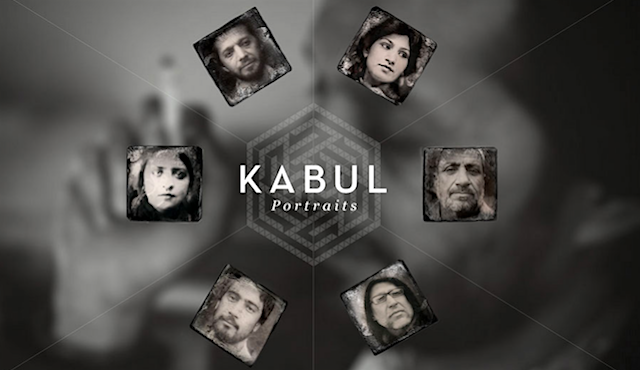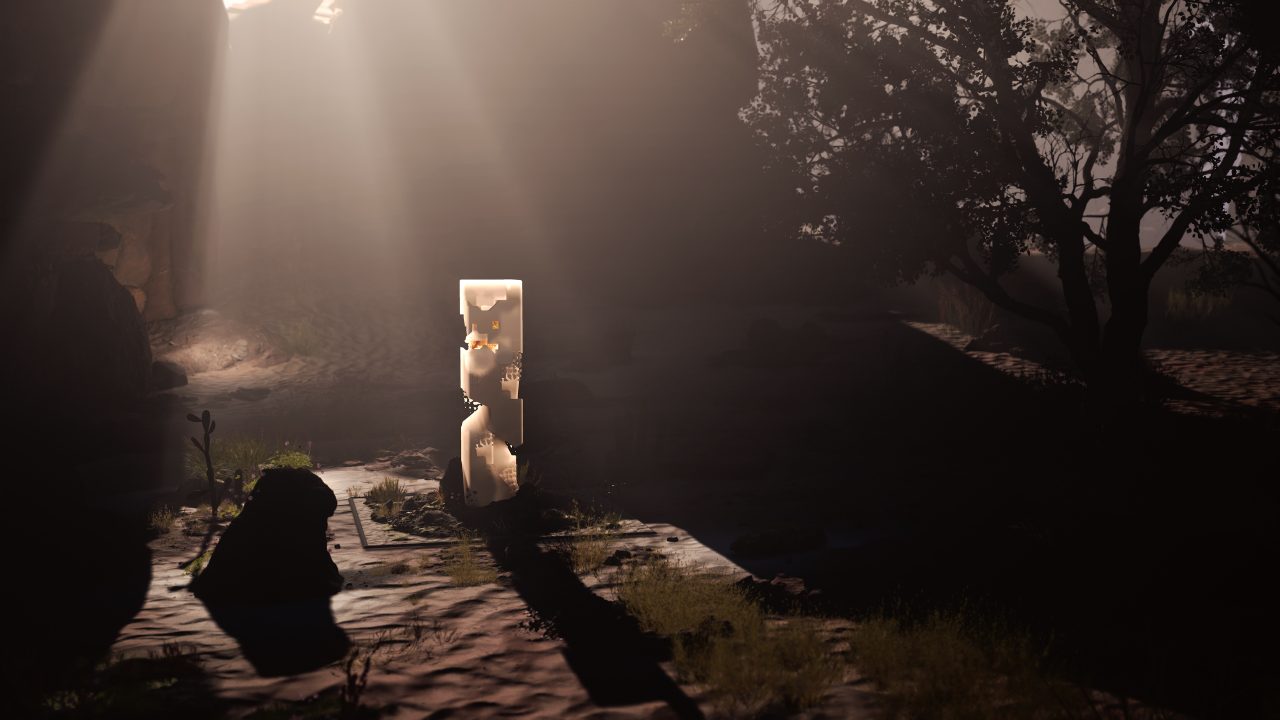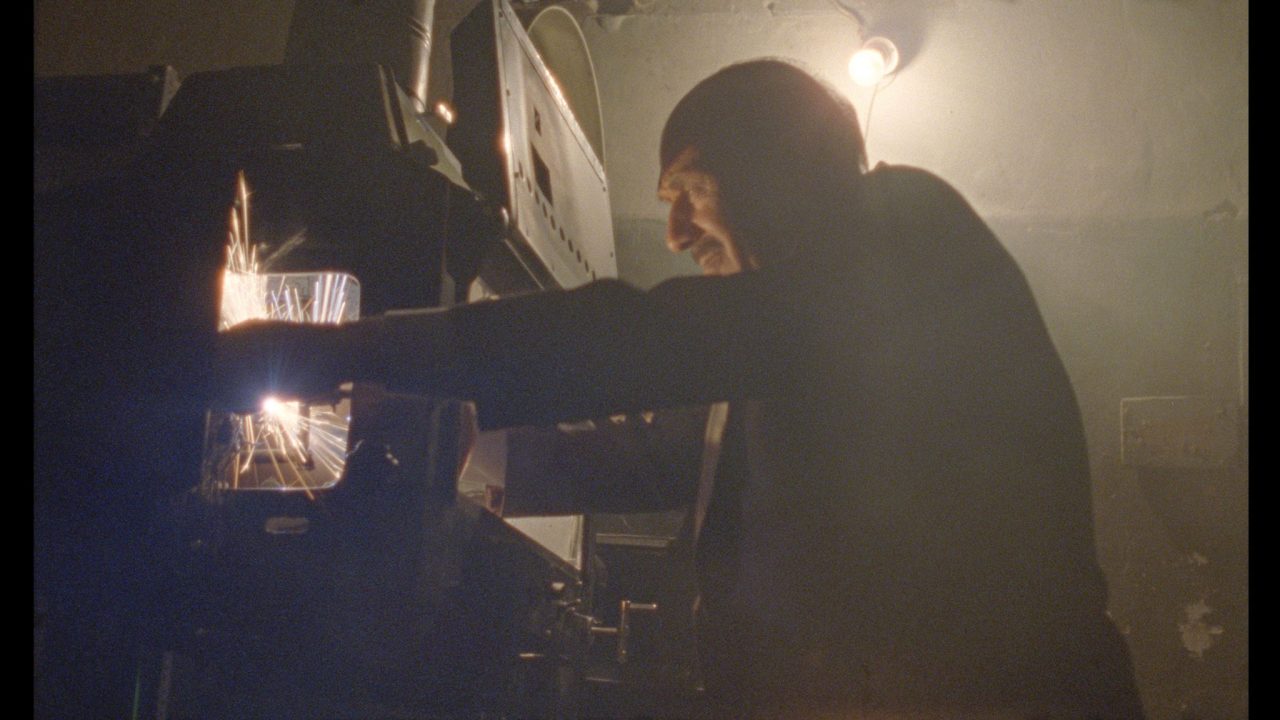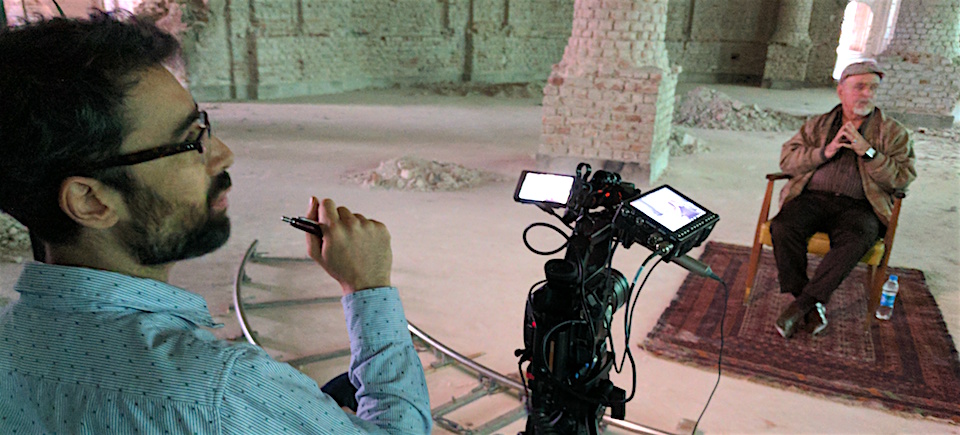
Ariel Nasr Unspools Afghanistan’s Forbidden Reel
Ariel Nasr Unspools Afghanistan’s Forbidden Reel
The headquarters of Afghan Film occupy unassuming premises, one of many bullet-scared structures in central Kabul, with little indicating its vital role in Afghanistan’s cultural history.
Yet it was from this modest two-story building that ‘Engineer’ Latif Ahmadi and his peers brought forth a vibrant cinema culture in one of the most underdeveloped societies on earth, working in circumstances that would unnerve the most seasoned western director.
And it was here, in an episode worthy of Le Carré, that a small gang of heroic cinephiles pulled off a remarkable coup, saving their nation’s cinematic heritage from the iconoclastic fanatics who would later destroy the great Buddhas of Bamiyan.
With The Forbidden Reel, the Afghan-Canadian filmmaker Ariel Nasr is bringing his own account of this story to the screen. Currently in production in Afghanistan, the feature-length documentary is co-produced by Montreal’s Loaded Pictures (Sergeo Kirby, producer) and the NFB Quebec Atlantic Studio (Kat Baulu).
A veteran of numerous Afghan shoots and something of an expert on Afghan cinema, Nasr has been developing the ambitious project for several years. “I’m particularly invested in this project,” he says, having recently returned from a three-week shoot in Kabul. Two additional Afghanistan shoots are planned for later this year.
“In recent years I’ve spent extended periods living and working in Kabul, often in collaboration with Afghan Film, and I’ve established strong relationships with Latif Ahmadi and other Afghan filmmakers. I have an enormous amount of admiration for them, not just for their work but for their personal courage and perseverance. In the process I’ve also unearthed surprising new information about the thirty year-period during which they were active.”
“We’ve assembled the elements of a gripping story, but I also get to challenge the received wisdom about Afghanistan. Mainstream western media often represents Afghanistan in a reductive manner. Whether it’s the Afghan-Soviet War or the current struggle with the Taliban, it gets presented as a simplistic good-vs-evil narrative. I try to paint a more complicated picture, to deliver a more authentic, and ultimately more interesting, account of Afghanistan and its artists.” Pictured above and below: Nasr interviewing Latif Ahmadi in the wartorn Darul Aman Palace near Kabul, currently undergoing reconstruction.
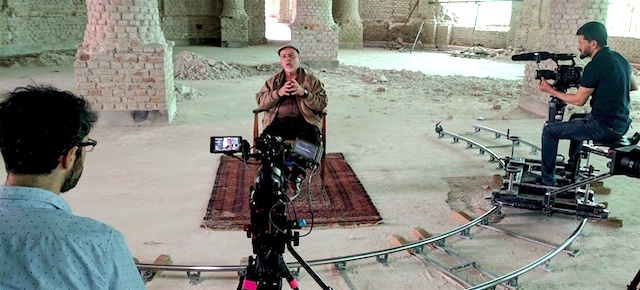
Afghan’s tradition of progressive auteur cinema
The very existence of a sophisticated auteur tradition in Afghanistan comes as a surprise to many. Yet during the 1970s and 1980s the country witnessed the emergence of a fascinating national cinema, one focused on telling Afghan stories and putting Afghan concerns onscreen.
At the centre of it all was “Engineer” Latif Ahmadi, who rose to prominence during the 1980s. Raised by a movie-loving single mother, Ahmadi began experimenting with film as an engineering student, soon abandoning his studies altogether to establish his own production company. Starting with commercials and animation, he quickly graduated to features, scoring a major hit with Gonah, a drama about class and gender that he made with help from Siddiq Barmak, another emerging talent. Ahmadi was still a young man when he was appointed president of Afghan Film, a state-funded agency that had been established in 1968 during a period of relative liberalism.
“It was a hugely ambitious project, yet the people at Afghan Film succeeded in creating a national cinema,” says Nasr. “They nurtured creative debate, encouraging filmmakers to draw on multiple influences, and the result was unique, as close to Italian neorealism as South Asian or Iranian cinema. It was an auteur cinema that championed women’s rights and other progressive ideas, filling cinemas in Kabul and Herat – something that seems unbelievable now.”
Following the communist coup of 1978 and subsequent Soviet invasion, Ahmadi proved adept in navigating the new political context. “Some filmmakers joined the Mujahedeen resistance, but Ahmadi chose to stay on as president of Afghan Film. Yet even while overseeing production of pro-Soviet propaganda, he was able to create independent auteur work. He made some of his most important movies during the Soviet occupation, films that were subject to censorship yet still somehow managed to paint a compelling picture of ordinary Afghan life. Films like Akhtar the Joker, Immigrant Birds, and Escape provide a fascinating window onto Afghan history and the whole late Cold War period.”
“Their passion for cinema transcended politics”
Actress Yasmin Yarmal, a frequent collaborator of Ahmadi’s, would take on some of her most memorable roles during the Soviet occupation, but Siddiq Barmak, Ahmadi’s old friend and collaborator, ended up working with the Mujahedeen resistance, and later directed Urooj, a groundbreaking feature made in collaboration with Ahmad Shah Masood’s forces.
Despite finding themselves on opposing sides in the civil war, Ahmadi and Barmak never viewed each other as enemies. “There was never any antagonism between them, “ says Nasr. “Their passion for film transcended politics. Afghan culture and politics are never as simple as they appear — and that’s an underlying theme of this project. Even at the height of the conflict, Ahmadi was able to negotiate with Mujahadeen rebels. Cinema tended to be respected by all sides.”
“That was true even during Taliban rule,” says Nasr. “The Taliban was a repressive regime, but they were not uniformly unenlightened. That’s one of the many remarkable aspects of this story.”
Making use of Afghan Film’s vintage equipment
Nasr’s key interviews include the ‘Engineer’ himself, who recently returned to Afghanistan after a long exile; Ibrahim Arify, the current president of Afghan Film; Siddiq Barmak, Yasmin Yarmal, and a number of inside players who are speaking out for the first time.
Interview footage will be cut with clips from the storied Afghan Film archive, many of them from films that are unknown to the wider world, along with stylized recreations that evoke key episodes in the story.
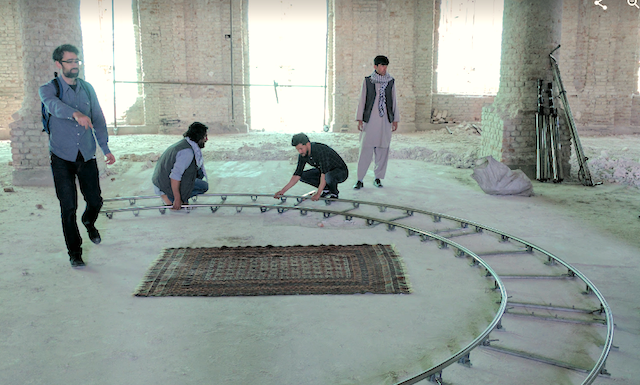
“Afghan Film has generously given us access to their camera equipment, the same sturdy Russian-made cranes and dollies that the Engineer and other filmmakers would have used back in the 70s and 80s,” says Nasr. “We’re shooting selected sequences on 35mm, referencing the sweeping style and feel of those classic movies, and we’ll be using the same gear.”
Among Nasr’s producer credits is the Oscar-nominated short Buzkashi Boys (2012), a powerful coming-of-age drama filmed in Afghanistan. His wrote and directed his first film Good Morning Kandahar in 2008, when he was still learning Dari. The film turned a critical gaze on Canada’s military presence in Afghanistan — exploring the paradox of “my country Canada is bombing my country Afghanistan” — and marked the start of his association with the NFB. He continued exploring various facets of Afghan life in two subsequent NFB productions: The Boxing Girls of Kabul (2011), winner of a Canadian Screen Award for Best Short Documentary; and Kabul Portraits, (2015), an interactive project which counts actress Yasmin Yarmal among its six featured subjects.
“Ariel is a visionary, a completely committed filmmaker,” says producer Serge Kirby. “It takes determination to make a film like this, and The Forbidden Reel is a real labour of love. He’s telling a powerful and nuanced story, one that completely reframes our understanding of Afghanistan.” Kirby’s Loaded Pictures credits include H2Oil, Roadsworth, and Wal-Town.
As part of its involvement in the production, the National Film Board is assisting Afghan Film with its ongoing preservation work. “The Forbidden Reel is all about the power and importance of cinema – its precarious and precious place within Afghan culture – and it’s great that we’re able to share with Afghan Film some of the knowledge and expertise we’ve developed during the digitization of our own collection, ” says Kat Baulu, producer for the NFB’s Quebec Atlantic Studio.
The NFB has a long tradition of producing work that looks onto the wider world through a Canadian lens, going back to Churchill’s Island (1942), the first film to win an Oscar in the newly created Documentary Short Subject category. Often directed by filmmakers who’ve grown up in diaspora communities, tracing their heritage to other parts of the world, these films bring nuance to international stories and issues. The Forbidden Reel follows in the line of titles like The Apology (2016), Tiffany Hsiung’s acclaimed film on sexual slavery in WWII Japanese-occupied Asia; Up the Yangtze (2007), Yung Chang’s epic feature doc on the monumental Three Gorges Dam; and Four Women of Egypt (1997), Tahani Rachid’s study of the complex divisions that mark contemporary Egyptian society.
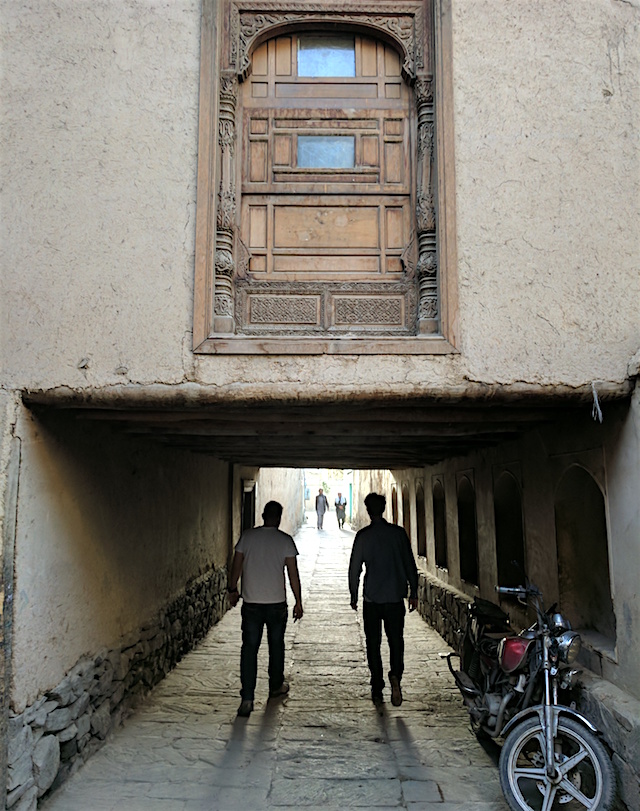
The Toronto-based cinematographer Duraid Munajim, whose credits include work on The Hurt Locker and Zero Dark Thirty, is director of photography on The Forbidden Reel, with Nasr himself operating the second camera. Saleem Mohammed Yousofzada is the Kabul-based production assistant. The Forbidden Reel is co-produced by Loaded Pictures (Sergeo Kirby, producer) and the NFB Quebec Atlantic Studio (Kat Baulu, producer). Executive producers are Sergeo Kirby and Annette Clarke. Production continues through 2017. Photography courtesy of Loaded Pictures.
Director Ariel Nasr speaks on the importance of film preservation in “An Archive of the Mind: Saving Afghanistan’s Film Legacy.”
Watch The Forbidden Reel trailer:
The Forbidden Reel, Ariel Nasr, provided by the National Film Board of Canada
